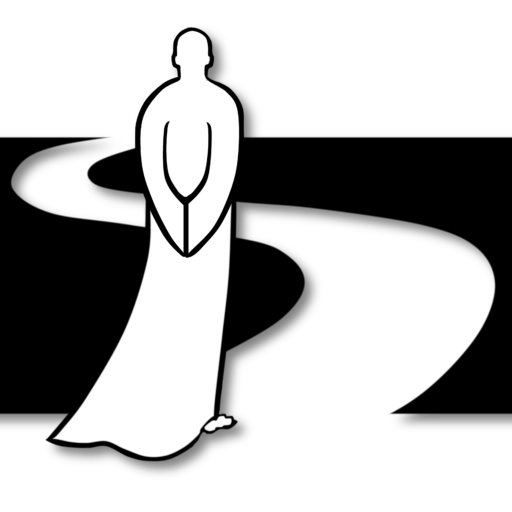
There is more to prayer than recitation and rote. It is a relationship - of sorts; not just a dialog with the +Divine - it is an embracing of +That upon which we rest our minds and souls. It is a means by which we "Gather into the Center" of our beings and become one with the +Creator.
Prayer, too, is an action. When we pray we move our BEing towards a now spoken goal: "Heal Me," "Forgive Me," "Guide Me," "Help Me" - and others - are openings to our movement towards that for which we are asking. For example; "+Creator, help me find the path you wish me to tread…" requires that we get off our literal/metaphoric butts to travel so that we may be guided. "Help my friend in need," may in fact open my own eyes to possible resources I can share with my friend.
Praying is an act of intention whereby we, whether consciously or not, actively CHOOSE to participate in a relationship with something or someone outside of our core beings. It is a choice we make to walk with another soul - to allow our minds to perceive that which exists beyond our understanding.
Prayer, then, is also a relationship. It is an opening of ourselves to another - whether human or +Divine. Prayer is a Pas de Deux consisting of, as in ballet, five basic parts (in ballet, 3 & 4 are often combined and called the "Variations" where each dancer dances solo).
“Praying is no easy matter. It demands a relationship in which you allow someone other than yourself to enter into the very center of your person, to see there what you would rather leave in darkness, and to touch there what you would rather leave untouched. Why would you really want to do that?”
Henri Nouwen
- The Introduction - This is the moment we slow our minds and invite the +Divine into a dialog. It's sometimes formal but usually calls upon something outside ourselves:
"+Creator and +Created; We call upon you to hear our prayers..." - The Partnering - Prayer, generally speaking, builds slowly through acknowledgments and relationship building:
"Through you, we move and breathe, and have our being..." - Call - A major component of prayer is (should) be a kind of give and take - we pray a little and then wait for a response:
"I ask that you hear my prayers, especially for ____________________." - Response - Quite literally taking time to be silent with our minds and souls.
"I hear you, +Lord, <silent reflection and/or listening for God's response>" - Closing - As with all conversations, there is usually a formal ending - a goodbye, of sorts:
"I know you have already heard my heart and prayers - thank you, Heavenly +Creator.
In the name of the +Creator, +Redeemer, and +Sanctifier."
Challenge yourselves, then, that when you pray, pray with all your being. Even when praying prayers that we've all said since we were children, pray with all your heart. Slow down your praying and engage the +Divine in your heart and soul. Pray with meaning and feeling - allow yourselves to be overcome with emotion.
Then - go out and fulfill the prayer knowing that the +Creator... through +Him all things are possible - even if not quite how we expect.
